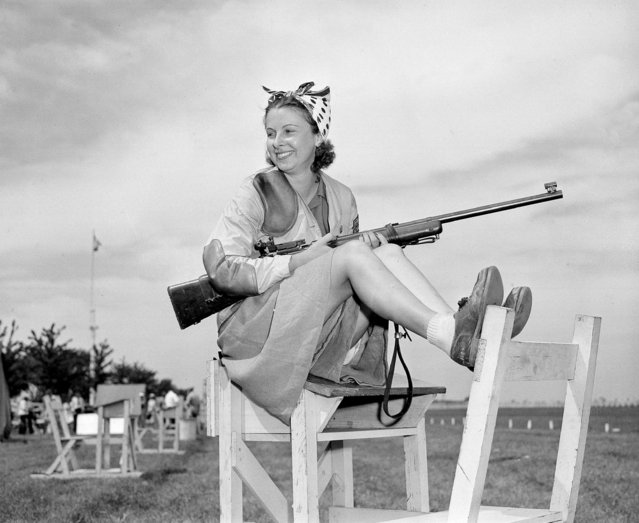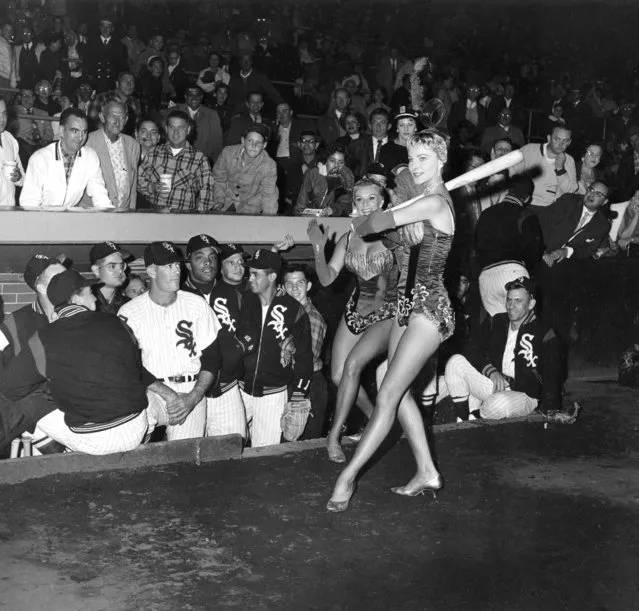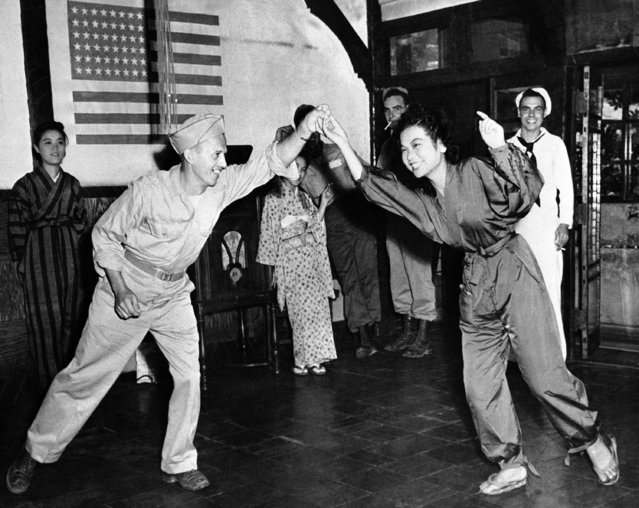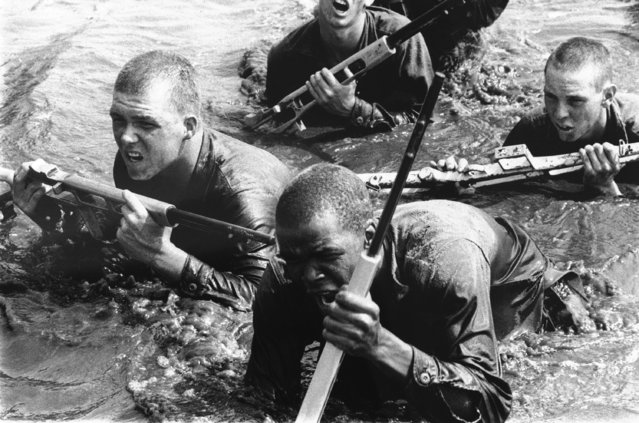
An Egyptian security guard screams at people as medics bring in a stretcher to carry the wounded after the attack which killed President Anwar Sadat, October 6, 1981, as he watched a military parade. (Photo by AP Photo)
07 Oct 2015 08:07:00,post received
0 comments







